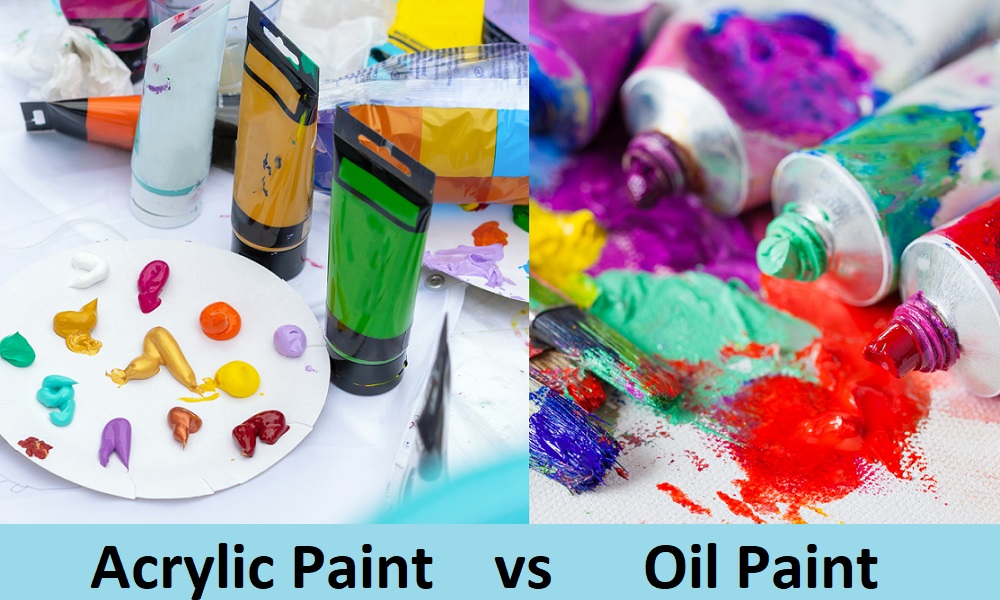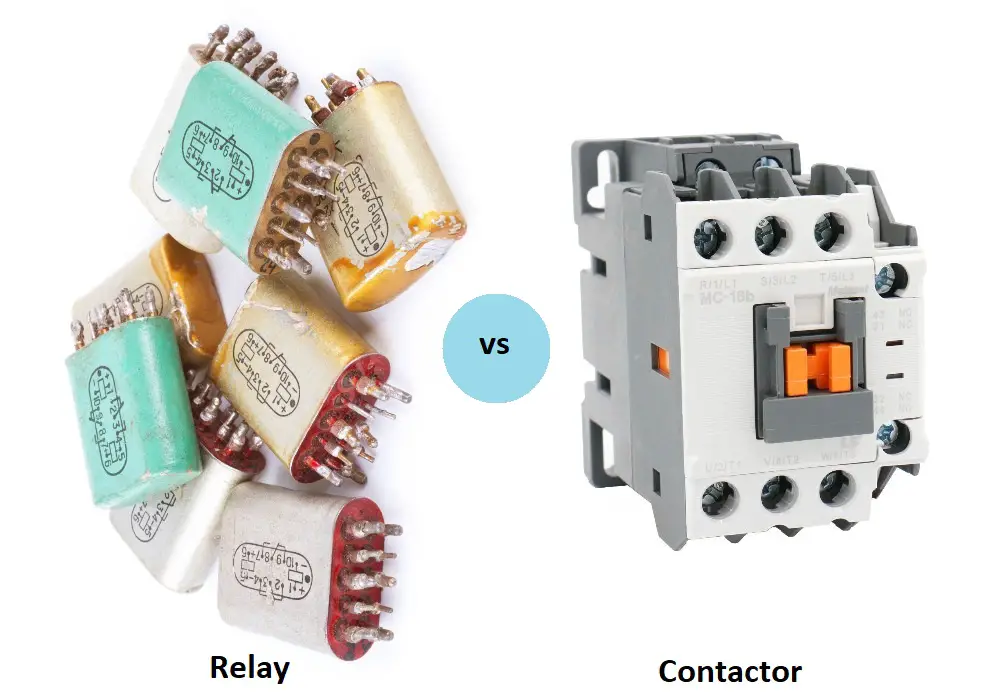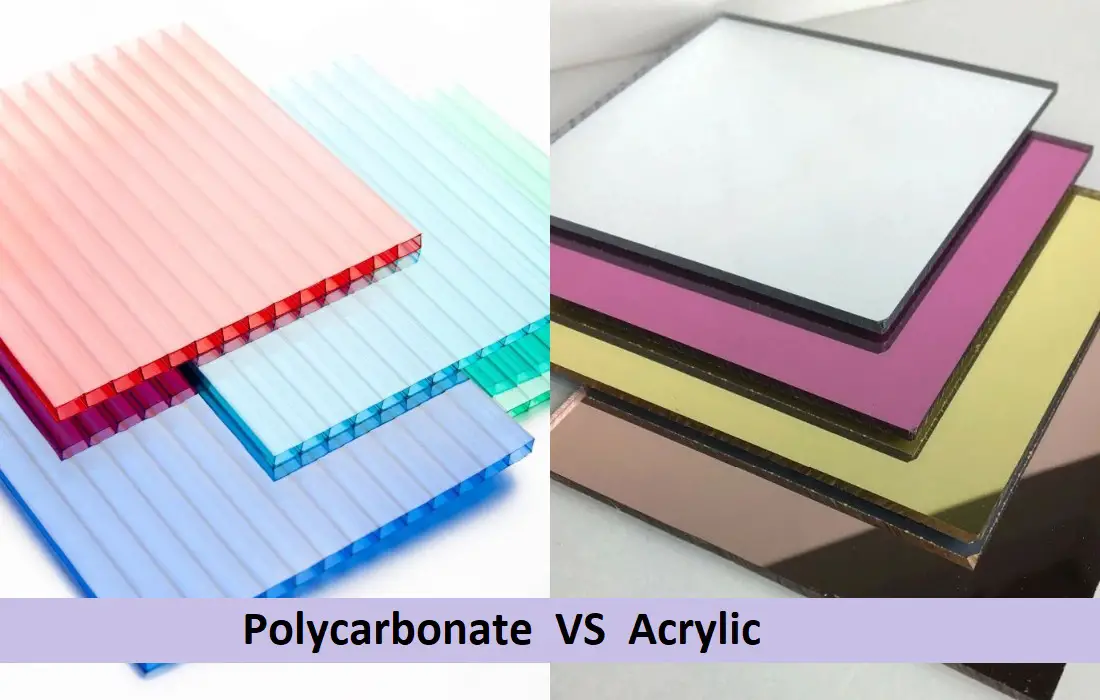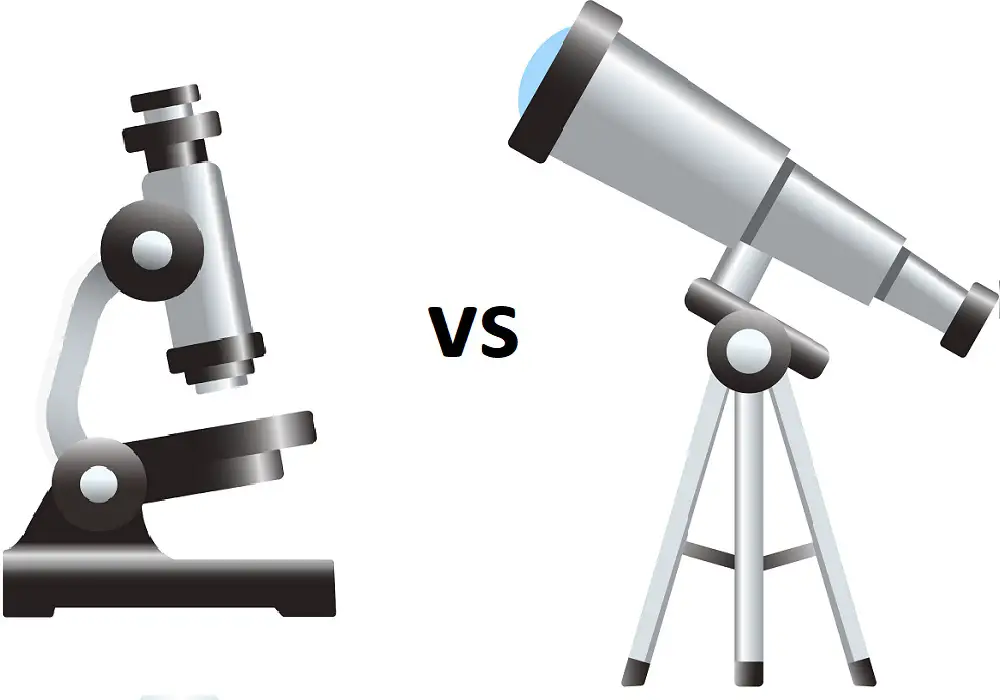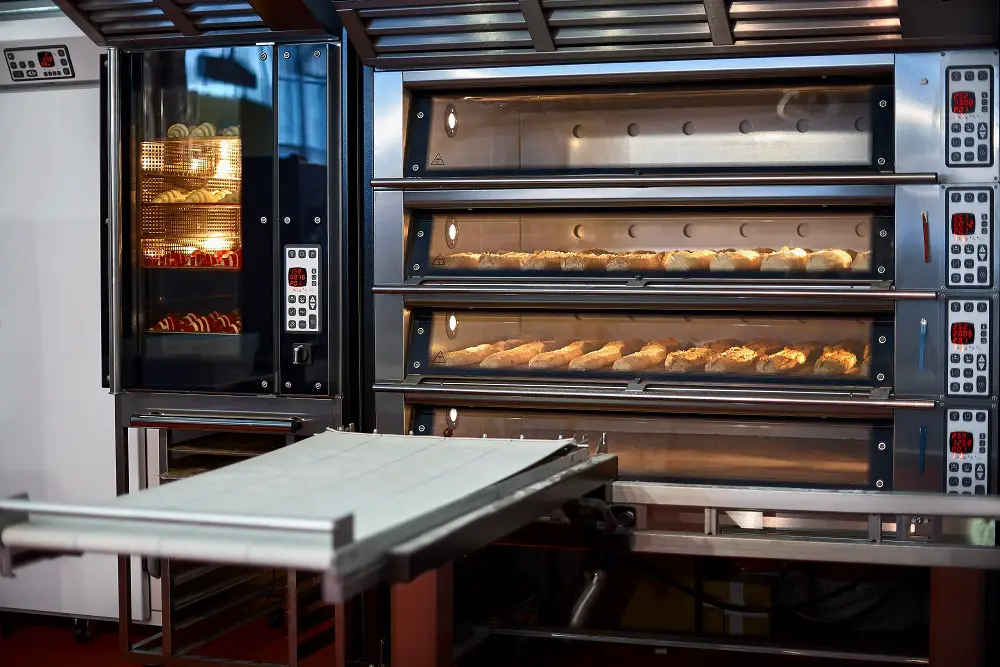Difference Between Casting and Forging
Metalworking is one of the definers of early human civilization, crystallized during the Bronze Age over 5,000 years ago. As one of humanity’s greatest inventions, metalworking is crucial to our existence and continued development.
Two of the most important forms of modern metal fabrication are forging and casting. To those uninitiated into the world of metalworking, the difference between the two can be a little difficult to figure out. In fact, it’s a common mistake to mix the two up.
So below, we’ve discussed the difference between casting and forging, outlining the main distinctions and expanding on the purpose of each. If you’re a budding metal worker, this is a good place to start building your knowledge.
Casting vs. Forging: At a Glance
To begin understanding the differences between forging and casting, it’s helpful to start with the individual definitions of both fabrication types.
Casting

Casting is the process through which metal is heated until it melts, at which point it is called “molten” metal. While still in this liquid state, the molten metal is transferred into a “mold,” the shape of which the metal will assume once it cools down and solidifies.
This is why casting is preferred when forming intricate or large metal shapes. The two main types of casting are called die-casting and permanent mold casting.
Forging

Forging is the process of forming metal into the desired shape using compressive force and mechanical/thermal energy. In forging, a die or hammer is used to strike the metal; this action deforms the metal. Usually, metal is formed at room temperature; this is termed cold forging.
Warm forging is also done with the metal heated below the recrystallization temperature and above room temperature. Forging is preferred when costs have to be kept to a low or when the workpiece is of a small size. Compared to castings, forged steel is usually stronger.
Difference Between Chrome and Stainless Steel
Difference Between Casting and Forging
Now that you have a basic idea of what casting and forging are, we can get into their differences in both process and application. Let’s start with the quality of each type of metalworking.
Metal pieces created via forging are usually stronger and tougher than those made through casting. This is because, through hammering and pressing, the metal’s grain is stretched when it’s forced into a new shape.
But forging also has its disadvantages when compared to casting. As we mentioned above, you can only work with small to medium-sized metal pieces while forging. Furthermore, there is also a limit on the piece’s thickness.
That’s not to say that large pieces of metal are impossible to forge; it just requires greater skill, time, and of course, patience.
When it comes to casting, it’s possible to produce larger and more intricate shapes. All sorts of metal, up to 200 tons, are suited to casting. The cost of casting metal is also cheaper as it requires less manual labor—most of the work is done by the mold into which the molten liquid metal will be poured.
Overall, it’s easier to shape a piece of metal through casting than forging.
Some of Our Articles You May Want to Read:
- Difference Between Ferrous and Non-Ferrous Metals
- Difference Between 304 and 316 Stainless Steel
- Pipe Vs. Tube: What’s The Difference Between Pipe and Tube?
- What Are The Differences Between Track Saw and Table Saw?
Which Is Better: Casting or Forging?
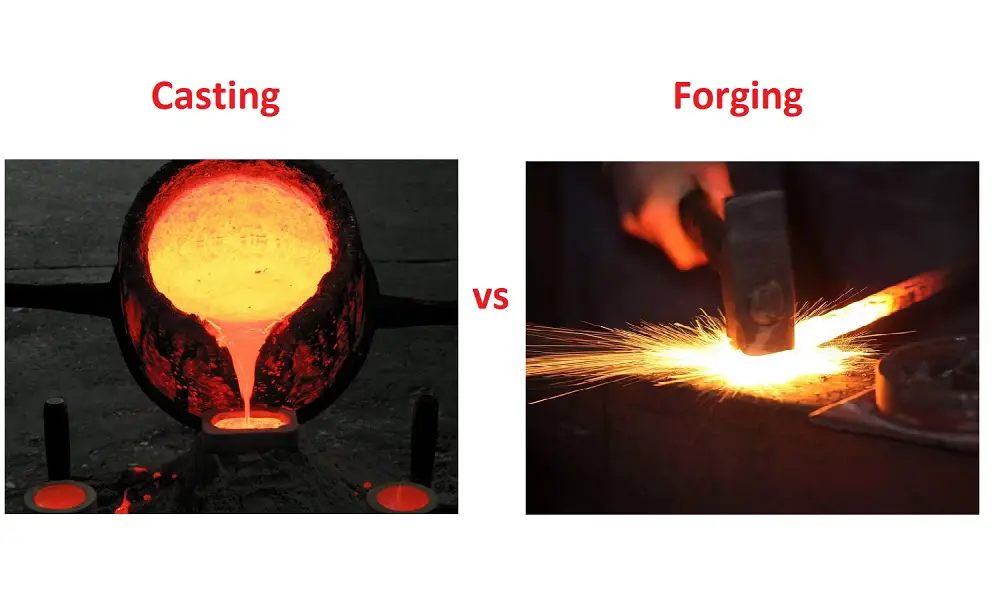
As you can imagine, the answer to this question depends entirely upon what type of metal piece you are trying to produce. As we have discussed, forged metal pieces are stronger than cast ones. But what if you’re working with complex shapes? In that case, casting is probably your only choice.
If you’re having a hard time choosing, consider the following factors: the cost, the type, complexity, and size of components, and the amount of time available to you. And, of course, your skill level also comes into question.
To refresh your understanding, we’ve laid out the distinctions between forging and casting in tabular form below;
| Parameter of Comparison |
Casting |
Forging |
|
Process |
Metal is heated until it has melted. The molten metal is then transferred into a mold or die, where it solidifies into the desired shape. | The metal can be heated before use or kept at room temperature before being hammered into the desired shape. |
|
Cost (time and money) |
More economical than forging and takes less time too. |
Forging is more expensive both in terms of time and money. |
|
Strength |
Typically, cast metal pieces tend to be easier to break. |
Forged metal is much stronger and can stand up to significant amounts of impact. |
|
Size |
Easier to work with large metal workpieces. |
More suited to smaller, less complex workpieces. |
|
Suitable metals |
Steel, iron, brass, tin, and aluminum |
Alloy steel, copper, titanium, carbon steel |
| Alloy addition |
While molten, alloys such as nickel and chrome can be added. |
Due to its tight grain structure, forged metal is mechanically strong and does not require the addition of alloys for fortification. |
Final Words
The question of whether forging or casting is better must always be answered according to the needs of production. As you can tell, however, the distinction between the two is actually pretty easy to make. We hope this guide on the difference between casting and forging has been illuminating for you!

